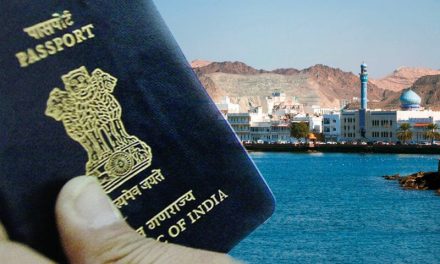As COVID-19 cases continued to grow globally, India travel restrictions were tightened to protect public health. The government introduced a series of flight bans and safety protocols to prevent the virus from entering through international borders. These measures aimed to curb the rapid spread and ensure nationwide preparedness.
Global Situation and India’s Rising Concern
The impact of the pandemic intensified as countries like Malaysia, the Philippines, and Afghanistan reported increasing numbers of infections. Malaysia reported over 550 cases, the Philippines crossed 140 cases, while Afghanistan confirmed 22 cases. Meanwhile, India’s confirmed cases reached 147, including both nationals and foreign travelers.
India Travel Restrictions on Specific Countries
To contain the outbreak, India suspended flights from several high-risk regions.
Key restrictions include:
-
Flights from EU nations, Turkey, and the UK banned until March 31.
-
Travel from Malaysia, Philippines, and Afghanistan halted immediately.
-
No aircraft allowed to depart toward India after 15:00 IST from these countries.

Why India Travel Restrictions Became Necessary
Authorities emphasized that these bans are temporary yet essential. By controlling incoming international traffic, India sought to delay the transmission and prepare its healthcare systems for potential surges.
Earlier Bans and Progressive Safety Measures
Previously, India had already suspended flights from Milan, Rome, and Seoul. Restrictions were also extended to nations such as Spain, Sri Lanka, and France. In addition, intensified surveillance at airports and border checkpoints helped detect symptomatic passengers early.
Border Screening and Public Awareness Efforts
Doctors and health officials increased thermal screenings at major transit points. Furthermore, residents near international borders—Nepal, Bhutan, Bangladesh, and Myanmar—were educated about COVID-19 symptoms and prevention strategies. Public awareness became a core element of India’s response.
Why Strengthening Travel Bans Was Crucial
With a massive population, India faces a higher risk of widespread transmission. Therefore, strengthening India travel restrictions offered crucial time to scale up testing, improve hospital readiness, and raise public caution.
Conclusion: Travel Bans as a Protective Shield India travel restrictions
In conclusion, India swiftly enforced travel bans to shield the nation from a growing global crisis. These temporary measures showed strong determination to protect citizens and manage the pandemic responsibly. As the situation evolved, authorities continued to evaluate risks and adapt decisions based on global health advisories.





